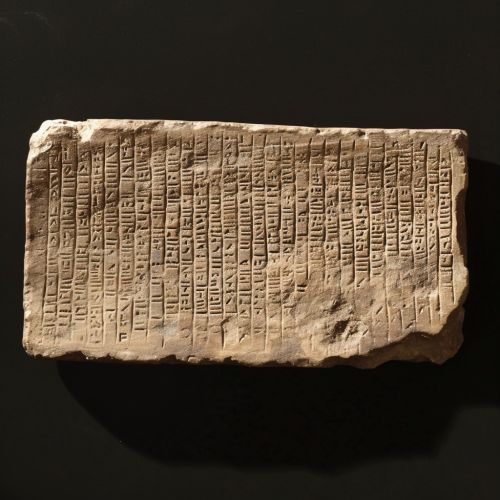Multiplication table
Introduction
The Multiplication table, also known as a times table, is a mathematical table used to define a multiplication operation for an algebraic system. It is one of the fundamental tools in arithmetic and number theory, providing a concise way to define the multiplication operation for an entire system.
History
The concept of the multiplication table has been known since ancient times. The earliest known multiplication tables were used by the ancient Sumerians about 4000 years ago. They used base 60, not base 10, which is used in the modern times. The oldest known multiplication tables were found on clay tablets in Sumeria and date back to around 2000 BC. The Babylonians also used multiplication tables, but theirs were based on the number 60.


Structure and Use
A multiplication table is a two-dimensional grid. The numbers in the first row and the first column are the factors and the numbers in the interior of the grid are the products of these factors. Each cell in the table shows the product of a specific pair of numbers. For example, in a multiplication table for base 10, the cell where the 2nd row and 3rd column intersect will contain the number 6, because 2 times 3 equals 6.
The multiplication table is symmetric about the main diagonal. This is because the order of factors does not affect the product (commutative property of multiplication). For example, 2 times 3 is the same as 3 times 2.
Applications
Multiplication tables are used in various fields of mathematics. In number theory, they are used to explore the properties of numbers. In algebra, they are used to define multiplication for algebraic structures such as groups, rings, and fields. In computer science, multiplication tables are used in algorithms for fast multiplication and division, and in the design of computer hardware.
Teaching and Learning
Multiplication tables are a key part of mathematics education in primary schools. They provide a foundation for learning more advanced mathematical concepts, such as fractions, decimals, and percentages. Learning the multiplication table helps students develop their number sense and their understanding of the properties of numbers.
